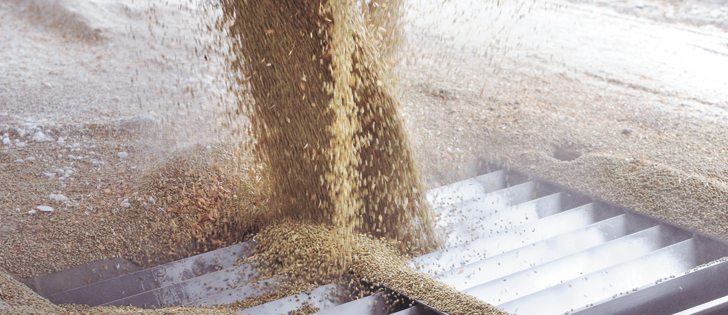Sean Pratt reports from the pulse & special crops convention in Toronto
TORONTO — The world is going to be awash in lentils, says a market analyst.
Marlene Boersch, managing partner in Mercantile Consulting Venture, is forecasting 6.3 million tonnes of world production, a whopping 33 percent more than last year.
That includes 3.55 million tonnes from Canada, 825,000 tonnes from India and 350,000 tonnes from Turkey.
Farmers in North America will likely produce 1.3 million tonnes of green lentils and 2.7 million tonnes of reds. That would be a 39 percent increase in greens and a 60 percent increase in reds.
Read Also

Critical growing season is ahead for soybeans
What the weather turns out to be in the United States is going to have a significant impact on Canadian producers’ prices
Boersch thinks growers will be in no rush to market the crop because they have plenty of storage and should have good cash flow from what they have forward sold.
She said on-farm stocks of all grains in Canada are down 12.5 million tonnes from last year, which means there is lots of available bin space.
Many growers forward sold 25 to 40 percent of their lentil crops. Boersch estimated buyers in India have already booked 400,000 to 500,000 tonnes of the upcoming lentil crop.
“I think that will influence the farmer’s ability or the farmer’s willingness to part with the crop,” she told delegates attending the annual Pulse and Special Crops Convention.
She expects another brisk post-harvest export program because more lentils are moving in bulk versus container due to a $75 per tonne price advantage of shipping lentils in bulk from Vancouver to India.
World lentil production is expected to rise by 1.5 million tonnes, but consumption is also on the up-swing. Boersch is forecasting an 800,000 tonne increase in demand.
And it’s not just India that will be buying lentils.
Nathan Buhler, senior merchant with Viterra, said bean prices in South America are more than $1,000 per tonne. Green lentils will be purchased as a substitute as long as they remain below that price.
Carryout will be climbing despite the strong demand. Boersch expects Canadian carryout of 785,000 tonnes, up from 101,000 tonnes at the end of the current crop year.
And that is using her conservative 5.5 million acre estimate. The carryout blossoms to 914,000 tonnes if she uses Statistics Canada’s 5.8 million acre number.
That’s a bearish 27 to 30 percent stocks-to-use ratio compared to four percent in 2015-16.
The one big wild card with the Canadian crop is the amount of disease damage.
Blair Roth, director of beans and special crops with Viterra, said lentils need drought stress to properly set seed.
“We need to get some heat to bring this crop to maturity,” he said.
The wet weather has caused root rot in some fields, and other diseases could be on the way.
“We continue to grow canopy, and as we grow canopy we encourage more and more disease pressure,” said Roth.
The other concern is that there could be problems moving the crop to market if it is as big as 2013.
Brad Ford, senior vice-president of Seaboard Overseas, said peas and lentils are the first crops harvested in Canada, so there should be good early-season availability of rail cars.
He worries about what’s going to happen once the wheat and canola starts coming off because both railways have reduced their locomotives and crews due to poor financial performance.
Buhler said he has no concerns about bulk movement, but there could be a shortage of containers.
“That’s going to be a bottleneck and cause some concerns,” he said.


















